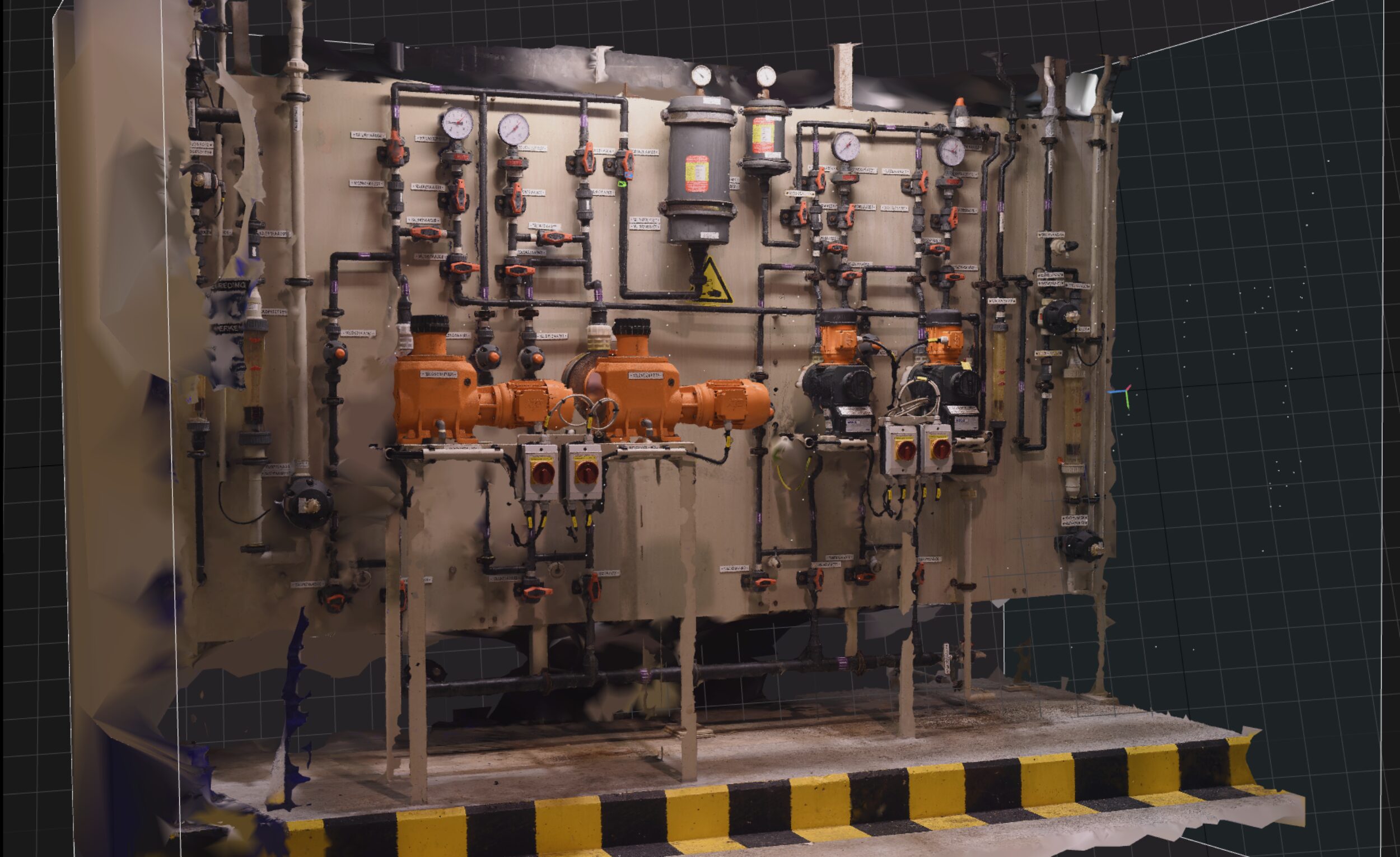Photogrammetry and NeRF compared
- 3D
Replicating real-life objects and environments using 3D models relies heavily on high-quality source images. Photogrammetry and NeRF are our two go-to techniques to obtain and process this precious picture data. Let’s dive into how each technique helps to create true-to-life 3D experiences.
Photogrammetry for ultra-realistic 3D
Our tried-and-tested method for building lifelike 3D models is photogrammetry. In this process, our photographers capture an object or environment by taking lots of different photographs from different angles. Back in the studio, these images are then cleaned up and processed using special software to create a 3D model or map. Our software tools use the angle and position of the cameras to calculate the distance and location of objects in each and every image. Adding some team creativity to the maths allows us to combine a series of 2D images into a 3D mesh, which acts as a base layer for our polished 3D model. Photogrammetry is an excellent technique for all sorts of projects, and we’ve even used it to recreate the historic St. Rumbold's Tower in Mechelen.
AI-assisted NeRF for 3D model building
In recent years, photogrammetry has increasingly been facing competition from NeRF - short for Neural Radiance Field - as a tool for 3D modelling and world building. NeRF is a machine-learning technique that uses the power of AI to create 3D models. Unlike photogrammetry, which relies on up to hundreds of photographs to accurately map an environment, NeRF can be used with far fewer images than classic techniques. The AI automatically interprets the different photographs and the algorithm is even capable of filling in the blanks in case some of the image data is missing.
Photogrammetry or NeRF?
Photogrammetry is a well-established technique that has been around for years. It allows us to create the most realistic environments and immersive experiences you can imagine. This quality comes at a cost: to ensure maximum quality, we rely on a lot of photographs, which take time, skill and dedication to process. We prefer using photogrammetry to map large environments and monumental buildings.
NeRF’s key advantage is that it’s generally faster and more efficient than photogrammetry. Additionally, the neural network that powers the AI processing allows us to partially compensate for noise, distortions or missing information. This fast approach opens up possibilities for fast content production where cost-efficiency is key, including in media and virtual training environments.
